Shanghai GP3 is an interesting film, possibly even underrated depending on what you look for in a stock. I hold the view that there are no bad films – everything on the market today has a reason for being there, some level of demand, or it would vanish. Relative to the primary trinity of film producers today (being Ilford, Kodak, and Fujifilm) Shanghai is an unknown, with very few write ups and resources online to reference. There are countless articles and use cases for films like HP5+, FP4+, Tri-X and so on, pushed and pulled to all kinds of degrees, developed in everything from perfect DDX to blood. Anyone can confidently use one of those films and guarantee the results.
Not so for my experience both reading about and using GP3 100, which has required some experimentation on my part to get anything close to consistency. I’m actually quite confident that something in the formula of the film itself has changed during its production while I’ve been using it, as my physical negatives recently have felt thinner (literally in the material sense, not in their exposures) in hand, and the backing layer is a darker shade of blue in my recently purchased rolls compared to a lighter shade about half a year ago.

GP3 100, Rodinal
The results themselves in the film, once I settled on a development method, have thankfully been quite dependable, so it’s possible these perceived changes are purely aesthetic, but still worth mentioning for anyone who requires true homogeny across everything they work with over a project or period of time they may wish to be using this film for.
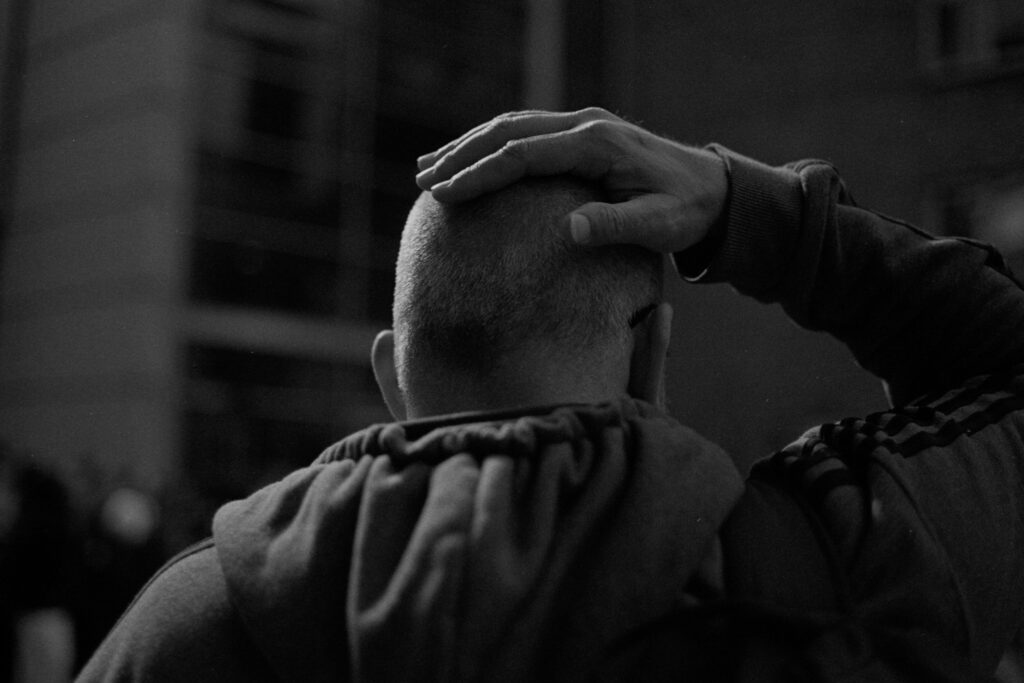
I depend on frugality to be able to make the kind of images I am currently working on, often requiring repeated frames of fast moving action. So far this is the cheapest film I have been able to buy – but this is liable to a few factors. I have only ever bought this film as bulk rolls, from Aliexpress and a couple of other Chinese websites. These tins of 30.5m are priced somewhere between £50-£60, however the “welcome” offer for the website often allows for a heavy discount, which means if I plan my purchases in advance and create a new account when I place my order I can end up spending much less, sometimes down to £35/40. Overall across a few hundred rolls of this film I have shot so far I think my average price works out at £2/36 shots.
Something to be mindful of when buying from overseas, as I am in the UK, is the import tariff which applies at certain thresholds. I am careful to break my orders up to come in at under these thresholds so I don’t incur unexpected fees – do your own research so that your decision making is based on the most up to date information for your location. Buying from a trusted local reseller is always an option, but usually means paying a markup.
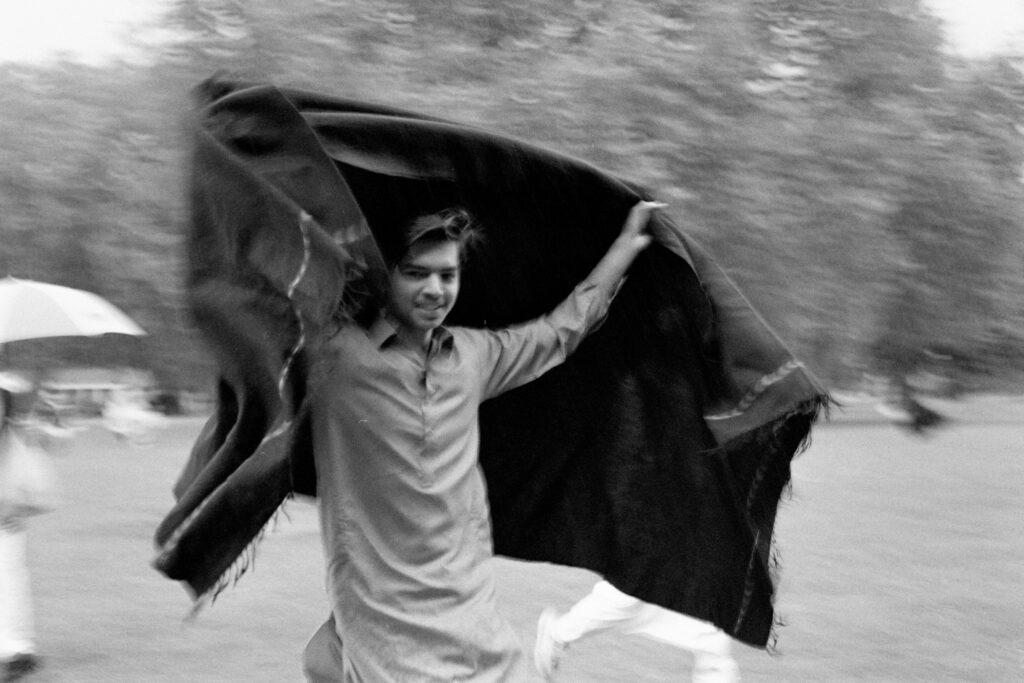
When you develop this film, pay close attention during the pre-wash stage. It often takes many repetitions, sometimes ten or more rinses until the water runs clear from the blue halation dye, which must be removed for a fully successful process. Similar to Rollei Retro 400S the resulting negative is perfectly transparent, and hanging them to dry alongside my other films always makes me feel that I’ve done something wrong with one of them – why can’t they all be this nice and transparent? Did I under fix? (no, they just have a slight base colour to them, which will always look odd compared with no base whatsoever).
At box indicated speed, 100, this film shines with punchy contrast, pleasing grain (much grainier than other 100/125 speed films I am used to, but I don’t see it as a drawback), and overall a very versatile negative to work with. Images made with this film have a nice look to them if it’s qualities suit your eye.
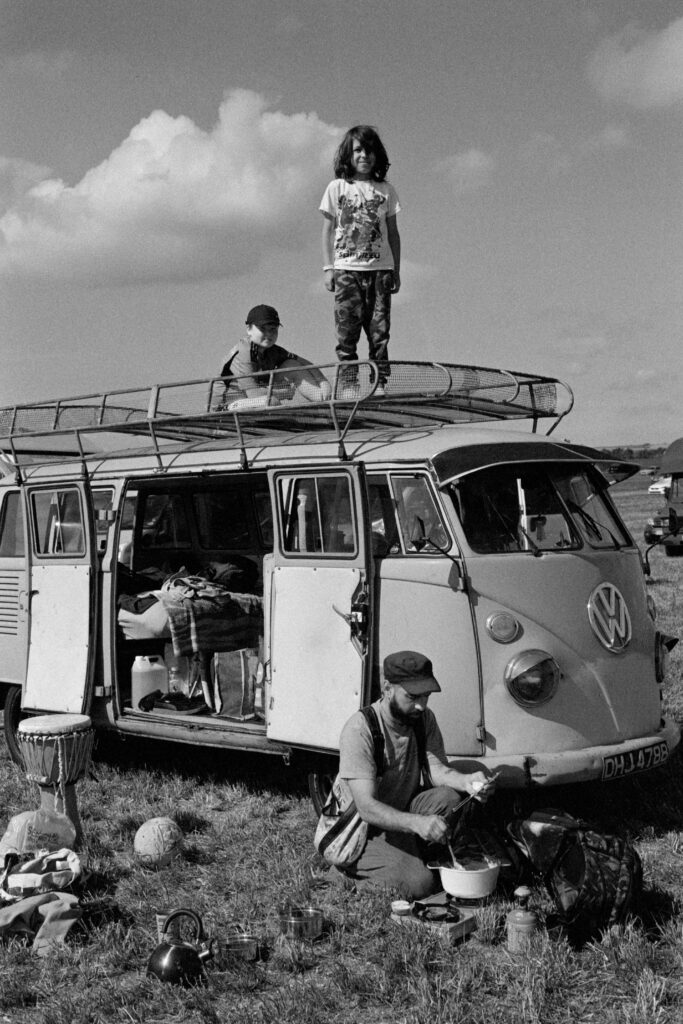
The high contrast is a hint towards low dynamic range, and I am always careful to meter either for my subject specifically, or for the shadows to retain the detail. I have developed this film in two chemistries: Rodinal, and Ilfotec HC. Of the two I think the Ilfotec HC delivers better, more consistent exposures from the range of environments and conditions I tend to work in.
The formula for Rodinal available online is quite decent, 1+50 for 9 minutes, although I have been letting it stand for a few minutes after that time is finished for a couple minutes more, which gives me a little bit more to work with (or maybe just my perception).
The photographs in this video were made on Shanghai GP3 100 at 100, developed in Rodinal 1+50 for 9 minutes.
For Ilfotec HC I am using 1+31 for 6 minutes 40 seconds. More than this loses highlight detail to an annoying degree, but your method for exposure may be a bit different, so again it’s worth experimenting yourselves to find the solution that works for you.
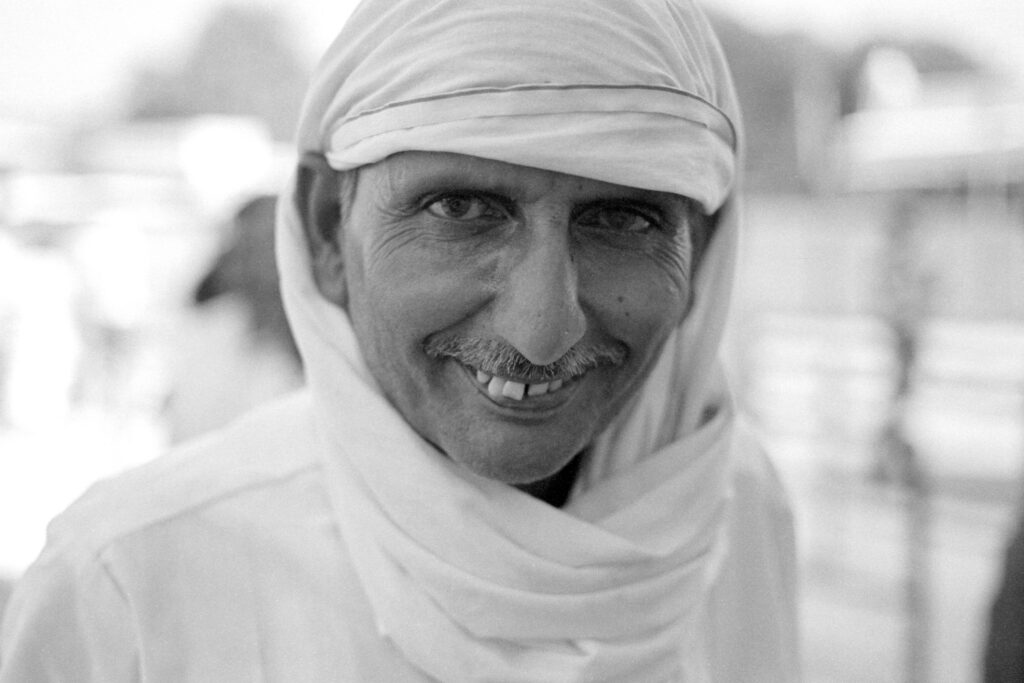

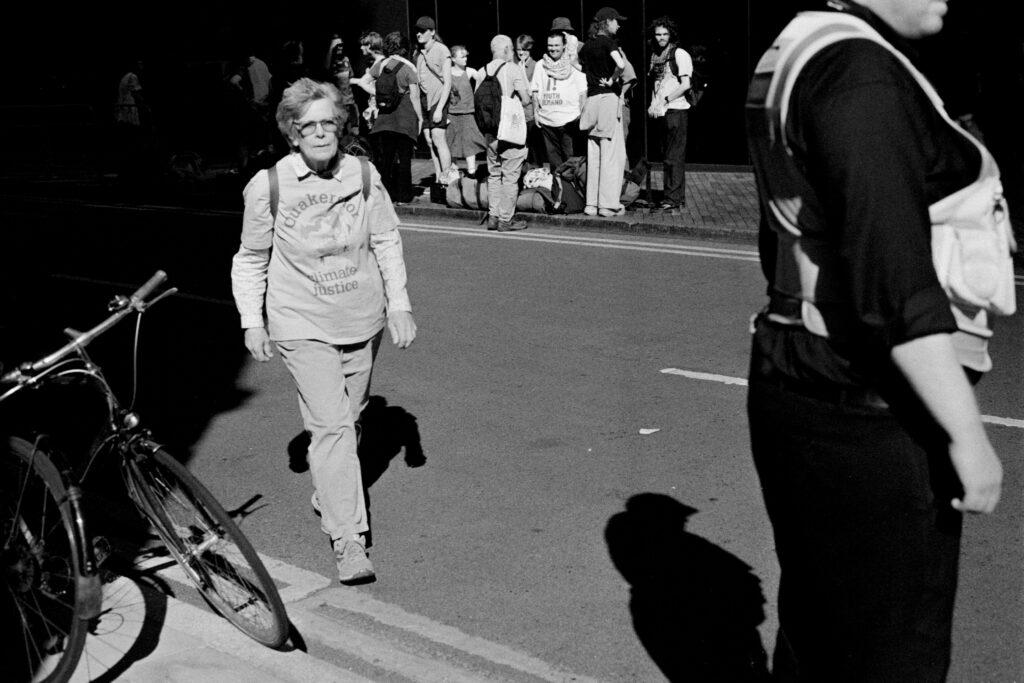
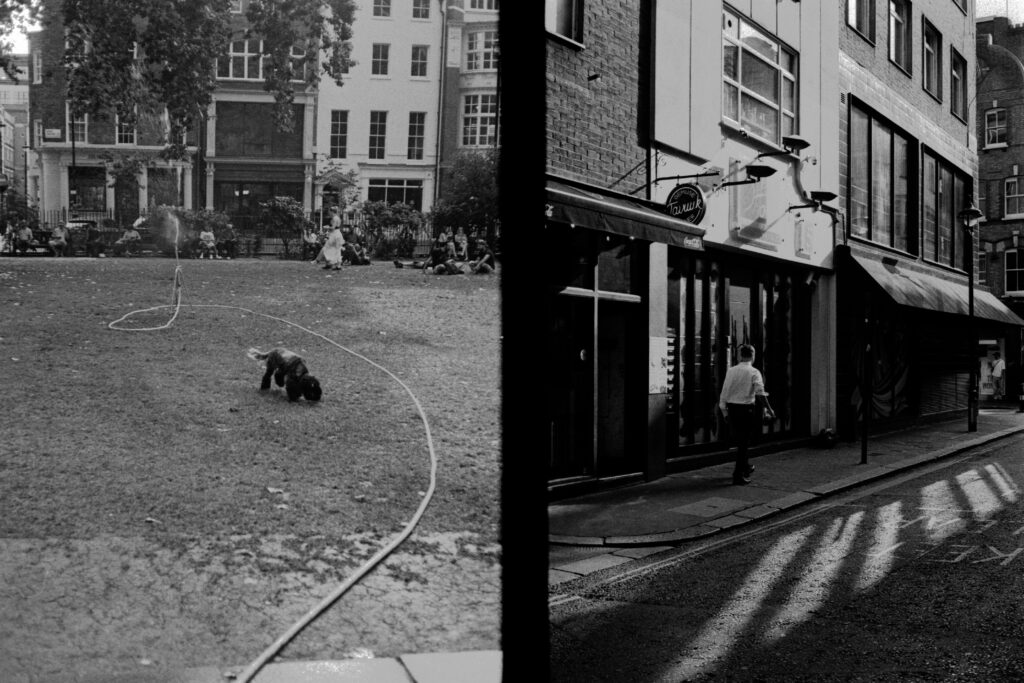
Beyond box I like the idea of being able to adapt and use this film at faster speeds, especially in winter, or overly flat conditions. In theory the high contrast ought to lend some greater qualities to grey situations. So far I have made a few rolls applying a +2 push – which in practice means setting my meter to 400, and adjusting my development time. 400 is about as high as I tend to go these days anyway, so being able to use this film at 400 would be ideal for me.
My push development formula after a few attempts has settled at Ilfotec HC 1+31 for 12 minutes. Just under double what I tend to use for box. It’s possible an additional minute or two will bring out a little more detail, but I reached a point I’m happy with in my experiments and I can stop here; use it as a benchmark for your own attempts.
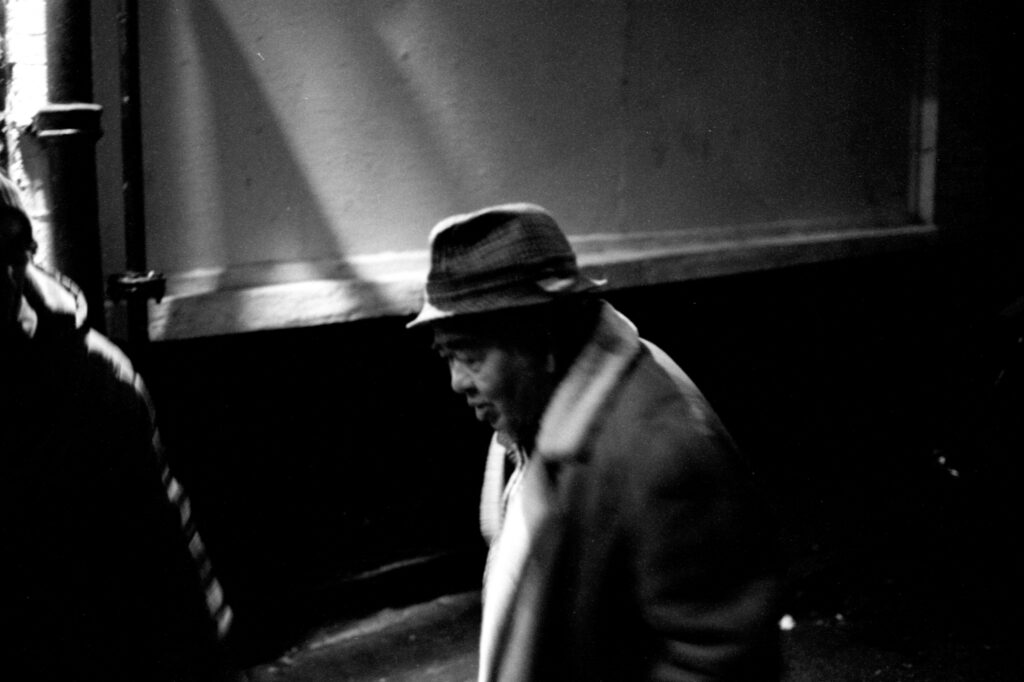
The results here at 400 are quite grainy, but still acceptable to me – as I said before I like grain as an aesthetic quality. Compared to basically any box 400 speed film however this will be noticeably prominent. Along with the grain there is a speckling of bright artefacts, almost a pointillistic effect, which makes me think that this is the upper technical limit of the film – any further and it will likely burn out in the development.

There is effectively no shadow detail, which works great for grey scenes, but not when there is a high contrast light where you may want detail in both the highlight and the darkness. Basically anything that isn’t mid grey through to white is going to come out as black, so be sure to compose and accommodate so that subjects aren’t lost in a tonally similar background.
I have a very short video of clips made while shooting some GP3 100 at 400, linked here. Nothing groundbreaking, mostly street some of which was while leading a workshop. You can see how the light from the scene renders on the film when exposed and developed this way.
What matters most is the practical – can I use this film at 400? Answer: yes.
My conclusion towards this film is similar to my feeling towards the FP4 Type 517 Cine stock I recently wrote about. Anything that allows me to make more mistakes, to fail more often, learn, and grow from that process is a good thing. For film this means being able to not feel a sting every time you knowingly mess up, nor when you fail to meet your own expectations.
After achieving consistency in this film, and being able to better understand what to expect from the results, this film will have a place in my workflow for as long as I can get it at the prices I’ve managed to find. While it is technically probably the “worst” 100 speed film I have ever used, it is not actively bad. The results are good to my eye, and for my uses. If you require pinpoint detail and fine textural rendering, no grain and perfect rendering overall then 35mm only has a couple of options anyway, if that’s your need then just shoot 8×10.
If you are a beginner looking to get through a lot of trial and error quickly, to learn film photography from exposure to development then you’ll probably only need one bulk roll to produce your 18 rolls of 36 (or more of lesser frames) which is more than enough to get past those initial hurdles.
If you’re working on something long term and need a huge quantity then several bulk rolls of Shanghai GP3 100 come in cheaper than a single bulk reel of FP4+.
Share this post:
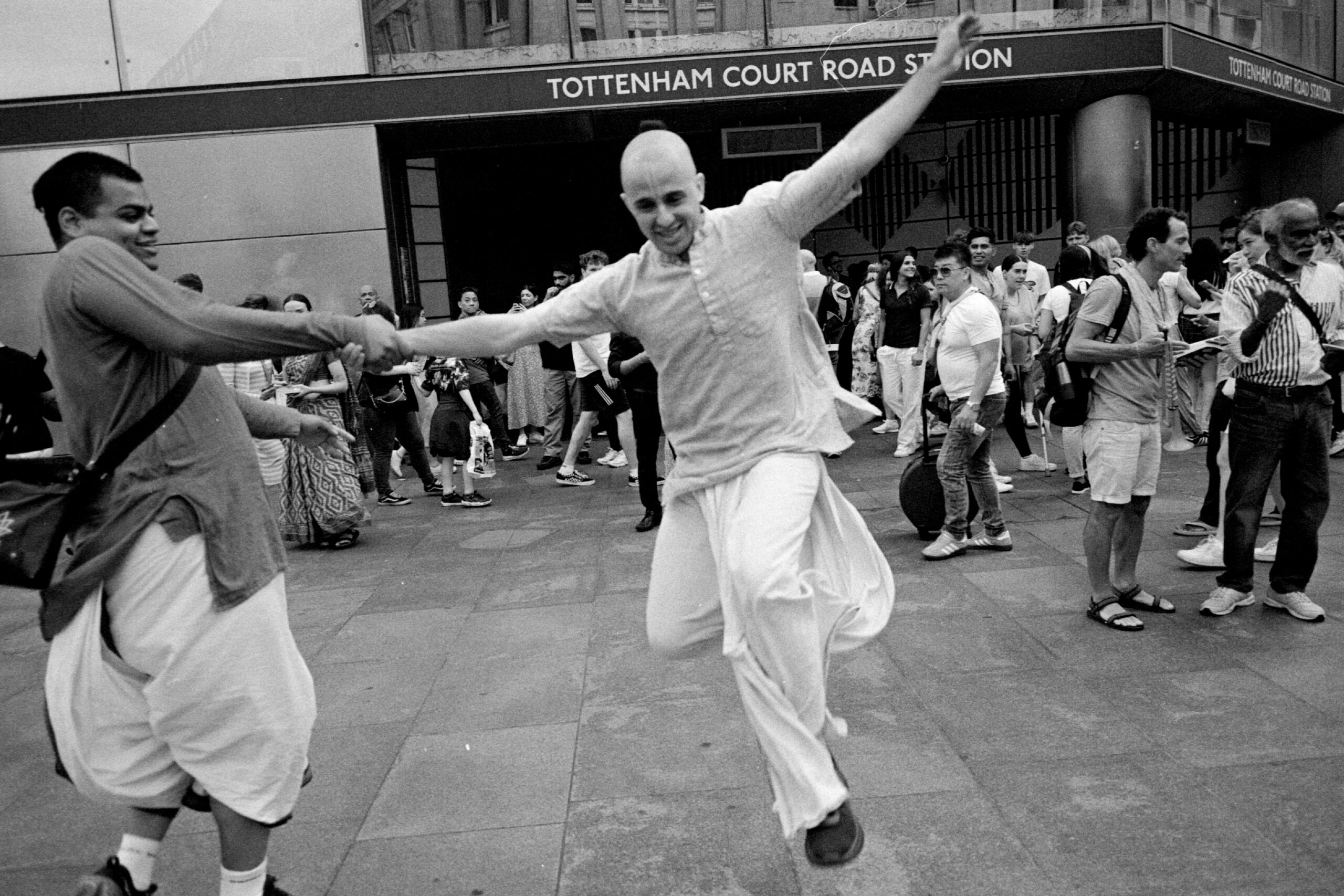

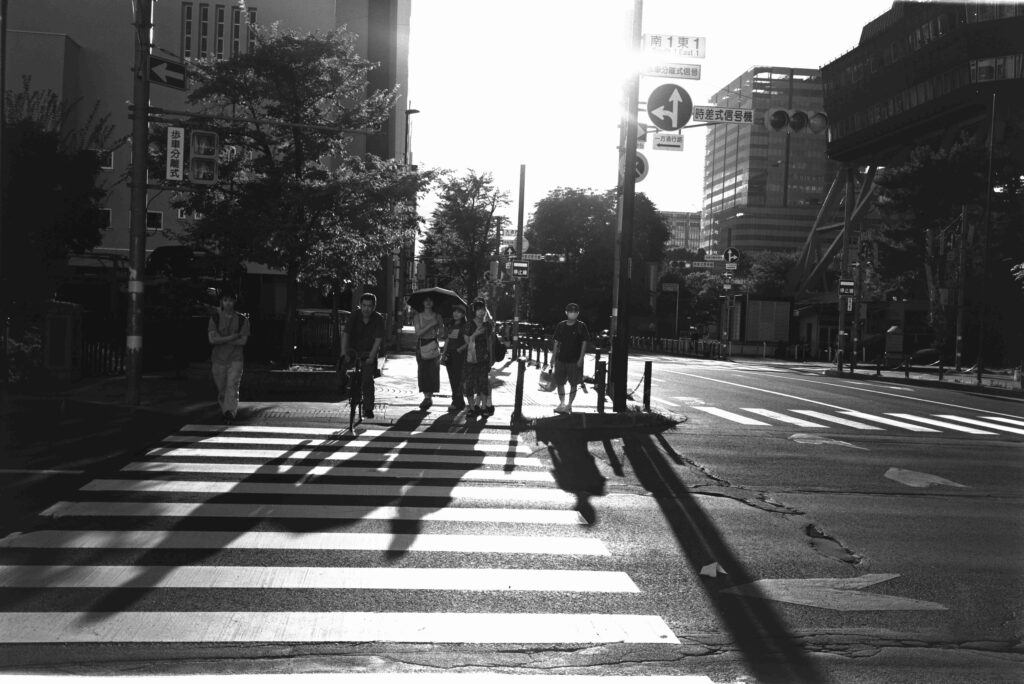
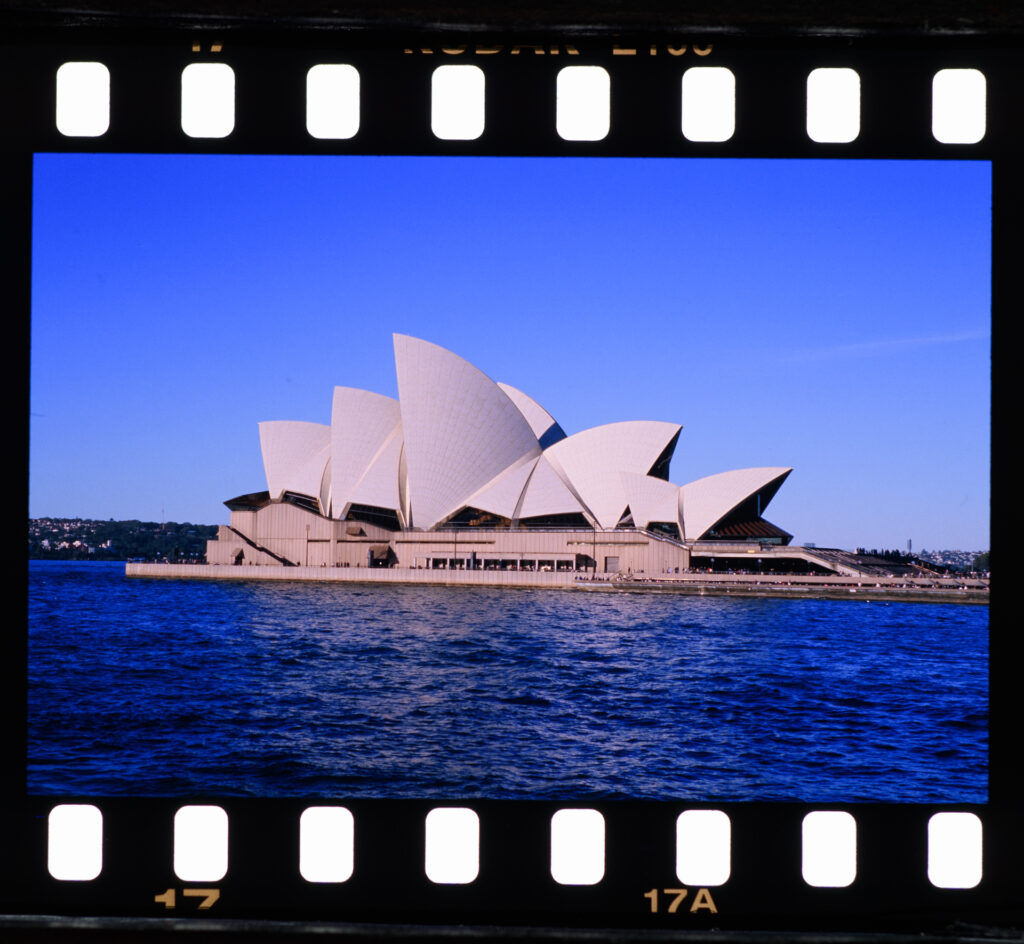
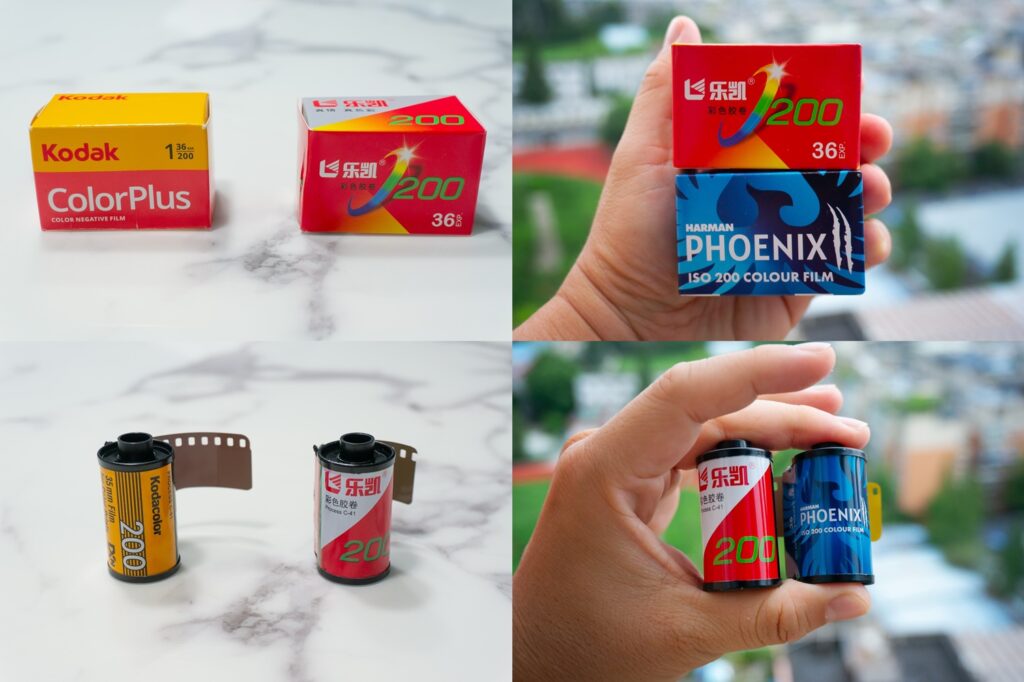
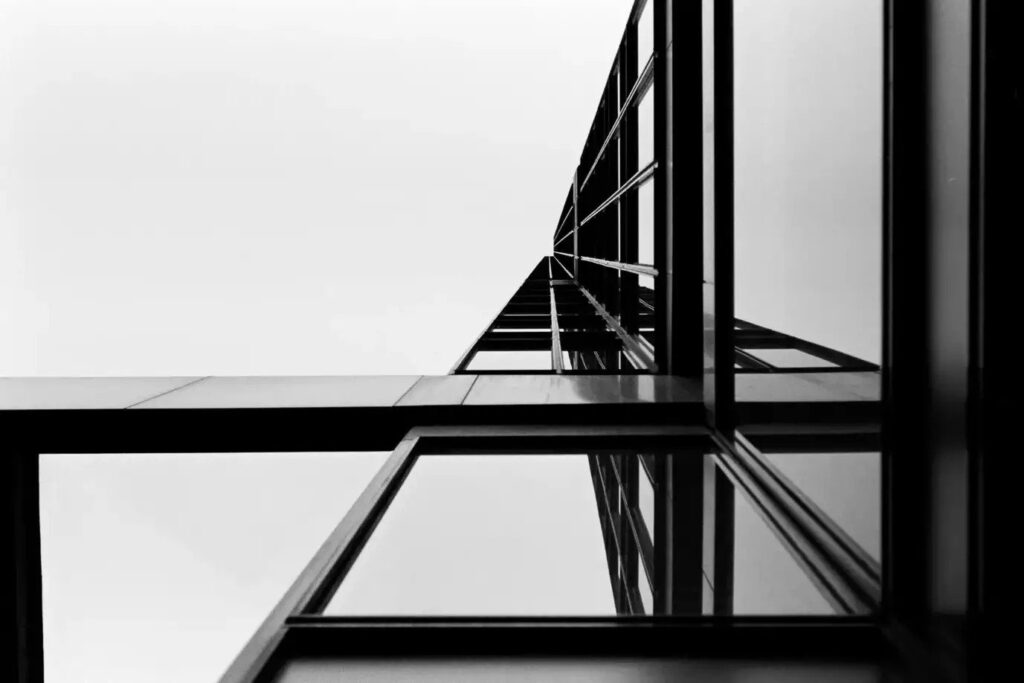
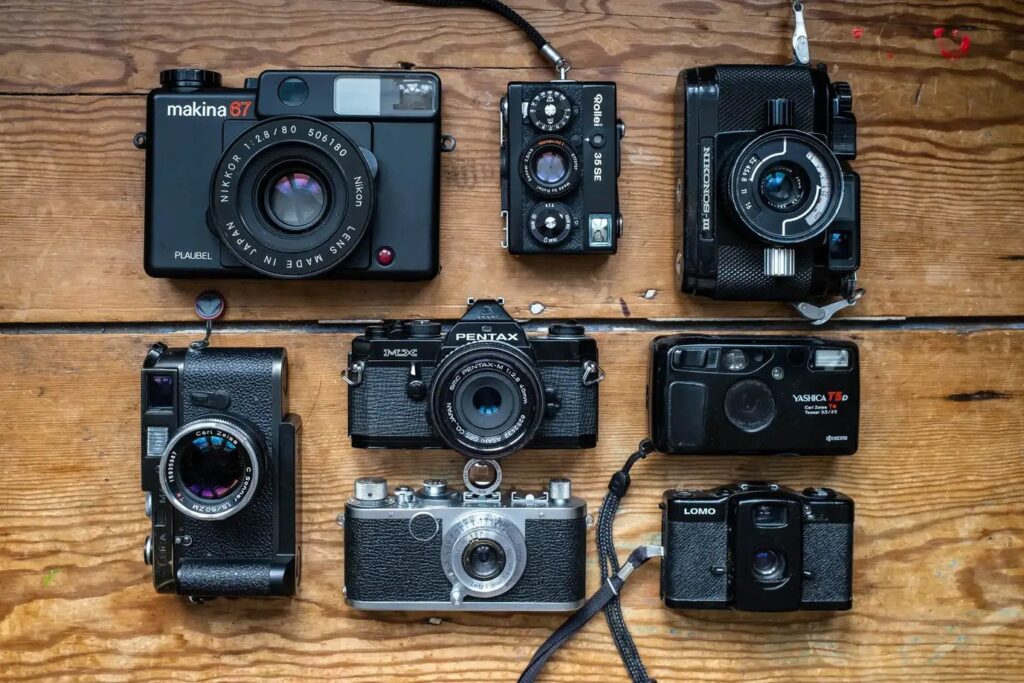
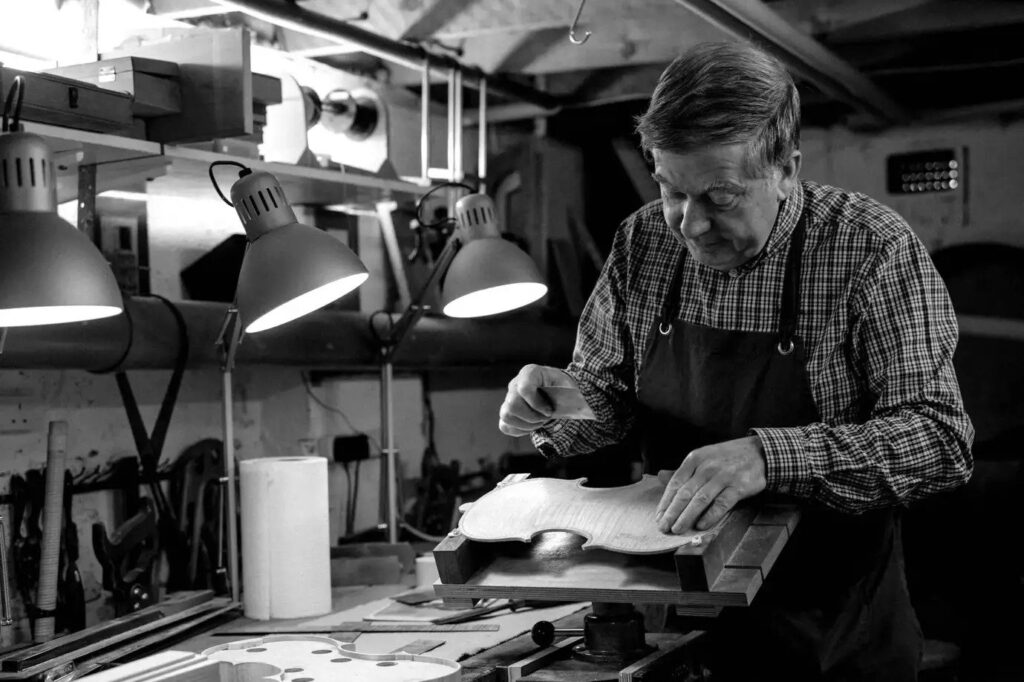
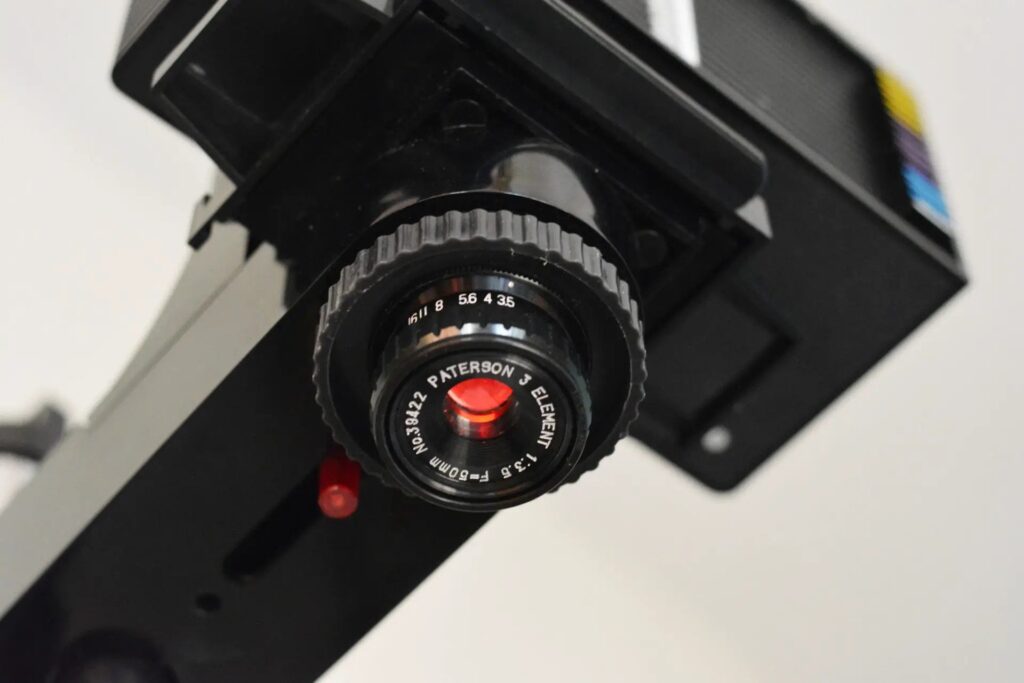
Comments
Geoff Chaplin on Shanghai GP3 100 35mm Film Review
Comment posted: 07/02/2025
Edward Currie on Shanghai GP3 100 35mm Film Review
Comment posted: 07/02/2025
Gary Smith on Shanghai GP3 100 35mm Film Review
Comment posted: 07/02/2025
Jeffery Luhn on Shanghai GP3 100 35mm Film Review
Comment posted: 15/02/2025
Very nice images! I can't speak about that particular film stock because I always use fresh Ilford these days. Frankly, I'm always interested in reading about various film stocks, so I thank you for the posting. I often experiment with various developers, but sticking to just HP5, FP4, XP2, helps me to dial in my consistency. That said, it seems like you're getting good results and saving money through your testing and evaluation. Keep posting! I enjoy your stuff!